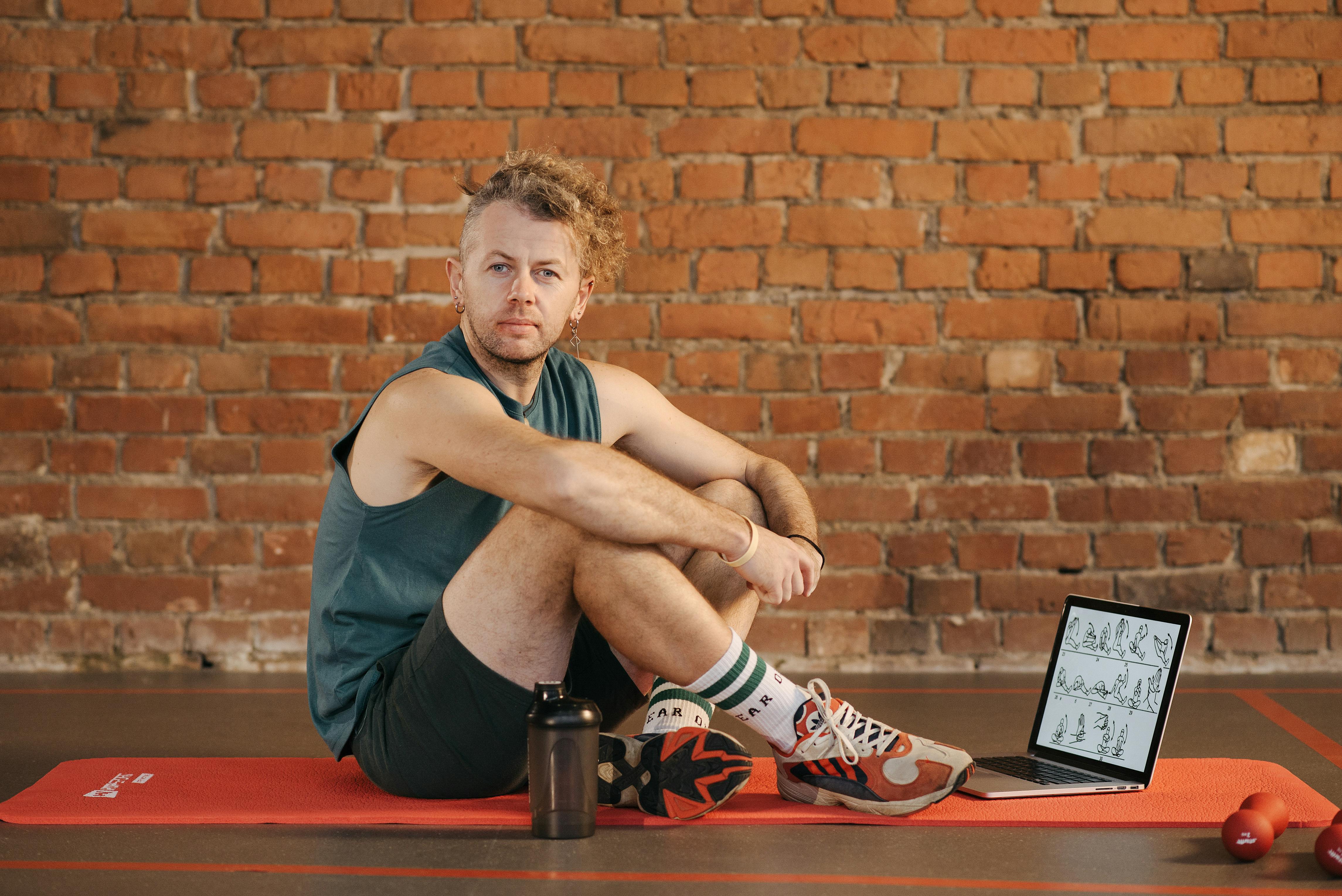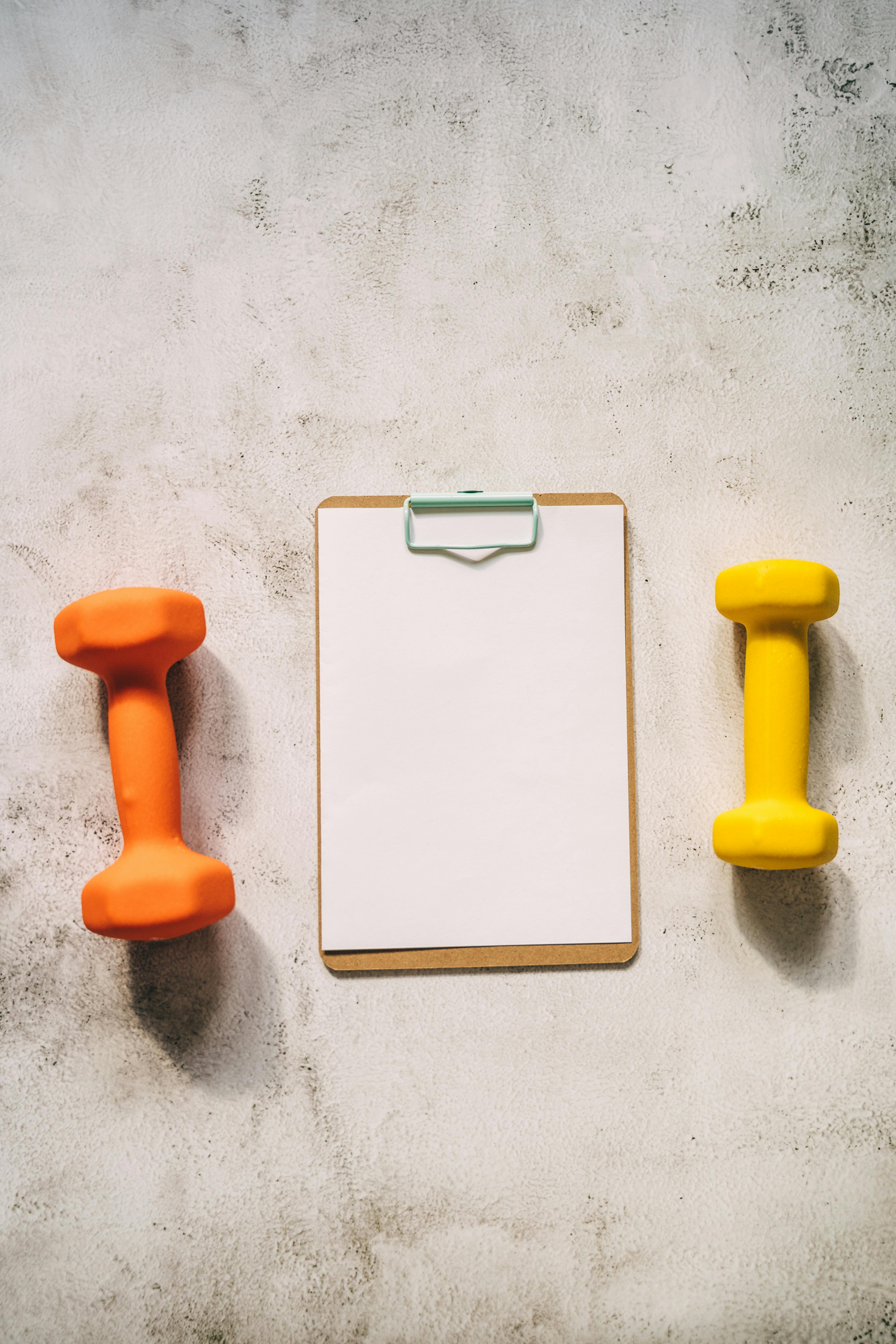Effective Ways to Start Your Gym Training Plan as a Beginner for 2025: Achieve Your Fitness Goals!
Starting a gym training plan can feel overwhelming for beginners, especially with the plethora of options available in the fitness world. However, embracing the right strategies is crucial to achieving your fitness goals, whether it’s muscle building, weight reduction, or enhancing endurance. In this comprehensive guide, we’ll explore the effective ways to kick-start your fitness journey in 2025, ensuring you not only embark on a training regimen but also enjoy the process. You’ll discover essential workout routines, dietary tips, and motivation strategies tailored to your fitness level. With the right approach, achieving your goals can be a rewarding experience!

Essential Components of Your Beginner Gym Training Plan
Creating a well-rounded training plan is important for beginners. This section will cover the foundational elements to include in your plan while ensuring a balanced approach to fitness training.
Understanding the Basics of Training Plans
A training plan is a structured outline of your workouts that guides you through your fitness journey. It’s essential to tailor your plan according to your fitness goals, whether for hypertrophy (muscle building), strength, cardio, or weight management. Beginners should focus on establishing a solid base by including compound movements like squats and deadlifts that engage multiple muscle groups. This not only builds strength but also enhances body coordination and flexibility.
Setting Realistic Fitness Goals
When starting your gym training, it’s vital to define realistic and achievable goals. Instead of vague objectives, set specific, measurable targets like “I want to lose 5 kg in three months” or “I aim to lift 10 kg more on my squats in six weeks.” These goals will keep you motivated and accountable while tracking your progress effectively.
Scheduling Your Workouts
For effective results, consistency is key. Beginners should aim for 3-4 training sessions per week. Each workout session should include a mix of strength training, cardiovascular exercises, and flexibility workouts. Remember, rest days are just as important as workout days; they allow for muscle recovery and growth.
Nutrition Tips for Optimal Training Results
Pairing your training with the right nutrition is essential for maximizing results. This section will delve into dietary strategies that complement your training plan.
Understanding Macronutrients
Your body requires adequate macronutrients—proteins, fats, and carbohydrates—to fuel your workouts and recovery. Prioritizing protein intake can aid in muscle repair and growth, with an aim of consuming 1.2 to 2.2 grams of protein per kilogram of body weight, depending on your goals. Complex carbohydrates provide the energy necessary for more intense workouts, while healthy fats support hormone production and nutrient absorption.
Pre- and Post-Workout Nutrition
What you eat before and after your workout can influence your performance and recovery. A balanced pre-workout meal 1-2 hours prior can ensure sustained energy levels during exercise. Similarly, post-workout nutrition should ideally occur within 30-60 minutes to replenish glycogen stores and initiate muscle recovery. Combine protein with carbohydrates for optimal results.
Hydration Strategies for Beginners
Staying hydrated is crucial, particularly when engaging in strenuous activities. Aim to drink water consistently throughout the day, and ensure to hydrate before, during, and after your workouts. Depending on your workout intensity and duration, you may also consider electrolyte-replenishing beverages to further support hydration.

Effective Workout Routines for Beginners
A well-structured workout routine caters to overall fitness by incorporating a variety of training methods. This section will detail different workout components suitable for beginners.
Incorporating Strength Training
Strength training should form a core component of your workout routine. Focus on foundational exercises like deadlifts, benches, and overhead presses, utilizing both machines and free weights. Aim to perform strength workouts at least twice a week, with sessions lasting 30-45 minutes. This approach not only builds muscle but also enhances metabolic rate.
Understanding Cardio Training
Cardiovascular exercises are vital for heart health and fat loss. Aim for at least 150 minutes of moderate-intensity or 75 minutes of high-intensity cardio weekly. Activities like running, cycling, or group classes can be beneficial. HIIT (High-Intensity Interval Training) is another effective method that alternates between high-exertion and rest periods.
Importance of Flexibility and Mobility Work
Incorporating flexibility and mobility exercises can improve your range of motion, prevent injuries, and enhance overall workout performance. Include stretching after workouts and consider dedicating a session each week to activities like yoga or Pilates, which can also help in stress reduction and mental wellness.
Tracking Your Progress and Staying Motivated
Keeping track of your training progress is essential for adjusting your fitness plan and staying motivated. This section highlights useful strategies to monitor your development.
Creating a Training Journal
Documenting your workouts can provide insights into your progress and areas needing improvement. A training journal helps to track exercises, weights, sets, and reps while showcasing your advancements in strength, endurance, and overall fitness.
Using Fitness Apps and Tools
With the technology available today, numerous fitness apps can assist in monitoring your daily workouts, nutrition, and overall fitness level. These tools not only help in tracking your progress but also come equipped with features to keep you motivated through reminders and goal-setting functionalities.
Finding Support in the Fitness Community
Joining a fitness community can offer significant support and motivation, enhancing your exercise experience. Whether it’s engaging with friends, group classes, or online forums, surrounding yourself with like-minded individuals can boost accountability, inform you with tips, and even lead to lasting friendships.
Common Mistakes to Avoid as a Beginner
As a beginner, it’s easy to encounter pitfalls that can hinder your progress. This section discusses the common mistakes and how to navigate around them.
Overtraining and Underestimating Recovery
One of the most common mistakes is not allowing sufficient recovery time. Overtraining can lead to fatigue, burnout, or even injury. Ensure to schedule rest days and consider lighter workouts or active recovery sessions to promote muscle recovery and prevent burnout.
Neglecting Proper Form and Technique
Proper exercise technique is vital for effectiveness and injury prevention. Beginners should take the time to learn correct form, possibly working with a personal trainer or utilizing instructional videos. This foundation will pay off immensely in your long-term training journey.
Setting Unrealistic Expectations
Fitness transformations take time, and expecting immediate results can lead to disappointment. Focus on incremental progress and celebrate small achievements, which can keep you motivated to continue pushing towards your fitness goals.
FAQs: Your Gym Training Plan Questions Answered
What should I include in my workout routine as a beginner?
Focus on incorporating strength training, cardio, and flexibility exercises. Aim for a mix of different workouts that target various muscle groups and aspects of fitness.
How often should I work out each week?
As a beginner, aim for 3-4 workout sessions weekly, allowing for adequate rest days to foster recovery and growth.
Are supplements necessary for beginners?
Supplements aren’t essential but can support your nutrition goals. Focus on a well-balanced diet first; if you’re considering supplements, consult with a healthcare professional.
How can I stay motivated throughout my fitness journey?
Set small, achievable goals, track your progress, and engage with a fitness community or workout partner for support and encouragement.
What are the best exercises for beginners?
Begin with bodyweight exercises such as squats, push-ups, and lunges, alongside simple resistance training with dumbbells or machines.
By integrating these effective strategies into your gym training plan, you’re well on your way to achieving your fitness goals for 2025!
